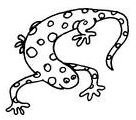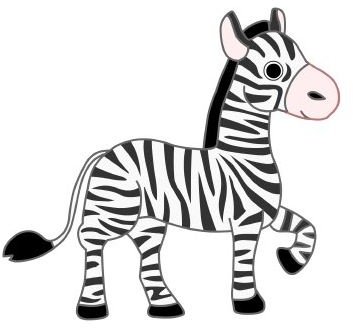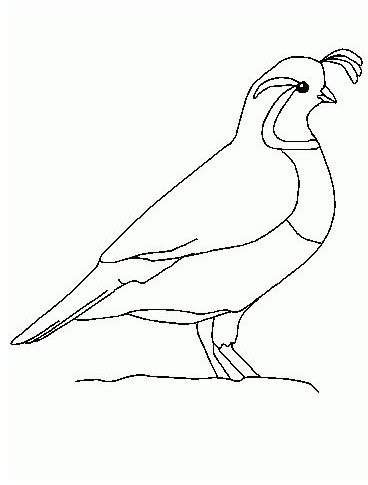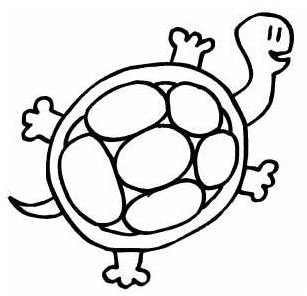Categories of Vertebrates: A Lesson Plan for Elementary Education Classes
Lesson Objective
Students will define the word “categories” and learn the different categories of vertebrates. At the end of the lesson, students will be able to correctly identify the five recognized categories for classifying vertebrates.
Background Knowledge
Before introducing the different categories of vertebrates, students should have a solid understanding of what a vertebrate is, as well as a general idea of animals which are considered to be vertebrates.
Students should also understand the definition of the word, “category.” Begin by writing the word “categories” on the board. Explain that “categories” can be thought of as a collection of things which have something in common, or share a common attribute. Demonstrate the concept with a brief activity. Have a collection of things that are red, another collection of things that are round and a third collection of things that begin with the same letter. See if students can identify the common attribute for each collection. (Red, round, starting letter) Next, mix everything up into one large group and ask the children to help you sort the items into their appropriate categories. When finished, explain to the students that another term for categories is “classifications,” and that when they were sorting the items, they were actually “classifying” them.
Identifying the Categories
Now that students have a general idea of categories and classifications, it is time to look specifically at the vertebrate categories. Remind the children they have already learned that animals can be classified into two larger categories - Vertebrates and Invertebrates - depending on their skeletal structure. Explain that each of those categories can be broken down into smaller categories by looking at an animal’s characteristics, beginning with the characteristics of vertebrates.
If you have not already done so, spend some time reading <em>What is a Vertebrate?</em>, by Bobbie Kalman. If you have already read the book as part of Lesson One from this series, you may consider a second reading. This time, ask the students to watch and listen closely for different kinds of animals shown or mentioned in the story, taking special note of the categories discussed on page 5.
When you have finished reading the book, ask students to recall the different animals they saw or herad about in the story, and the 5 categories discussed. If need be, re-read page 5 in the book. The five cagetories that vertebrates can be broken into are: fish, amphibians, reptiles, birds and mammals. You may wish to record these 5 categories on the board or on a large piece of chart paper.
Sing for Mastery
To help students remember the 5 categories of vertebrates, try singing this original little verse:
Sung to the tune of “Oh Christmas Tree, Oh Christmas Tree”
Oh Vertebrates, Oh Vertebrates,
There are 5 kinds of Vertebrates.
Oh Vertebrates, Oh Vertebrates,
There are 5 kinds of Vertebrates.
Reptiles, birds and amphibians,
Mammals, fish - let’s sing again.
Oh Vertebrates, Oh Vertebrates,
There are 5 kinds of Vertebrates.
Vertebrates




Moving On
In the next lesson from this series, students will identify the characteristics of animals in each of the 5 categories of vertebrates.
This post is part of the series: All About Vertebrates! Lessons for the Elementary Classroom
Learn about vertebrates with this lesson series designed for students in grades First through Fifth.
